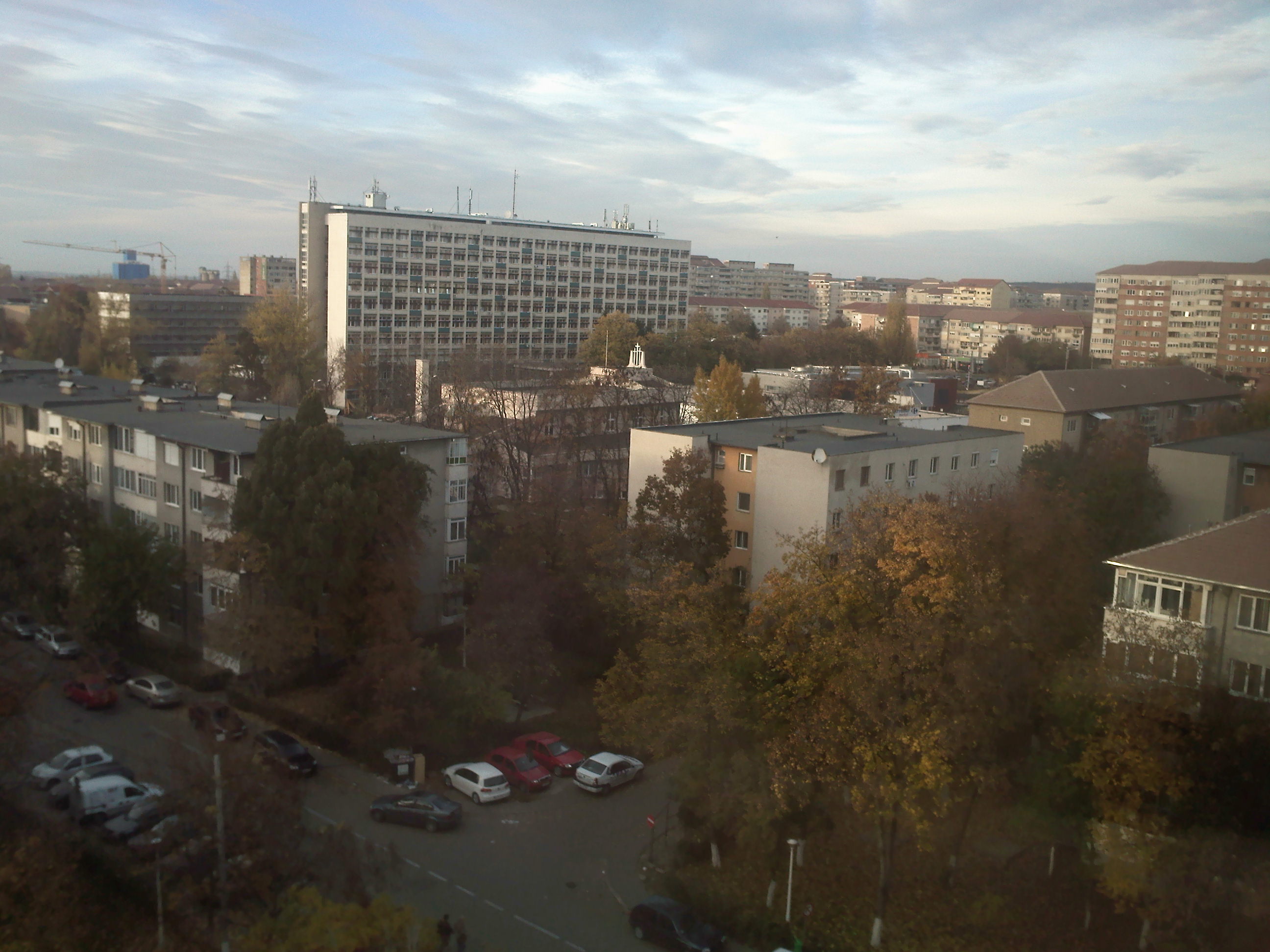|
Rogerius (other)
Rogerius can refer to the following things: It is the Latin form of the given name Roger Roger is a masculine given name, and a surname. The given name is derived from the Old French personal names ' and '. These names are of Germanic languages">Germanic origin, derived from the elements ', ''χrōþi'' ("fame", "renown", "honour") ..., and was the name of several medieval figures. * Rogerius (physician) (also called Rogerius Salernitanus, Roger Frugard, Roger Frugardi, Roggerio Frugardo, and Roggerio dei Frugardi), a twelfth-century physician and surgeon from Salerno * Rogerius of Apulia, in Italian ''Ruggero di Puglia'', a thirteenth-century churchman who described the Tatar invasions in his work ''Carmen Miserabile'' * Rogerius, Romania, a district or quarter (''cartier'' in Romanian) of Oradea, the largest city of Bihor county, Romania * Abraham Rogerius, 17th-century Dutch clergyman and translator active in India {{disambig ... [...More Info...] [...Related Items...] OR: [Wikipedia] [Google] [Baidu] |
Roger
Roger is a masculine given name, and a surname. The given name is derived from the Old French personal names ' and '. These names are of Germanic languages">Germanic origin, derived from the elements ', ''χrōþi'' ("fame", "renown", "honour") and ', ' ("spear", "lance") (Hrōþigēraz). The name was introduced into England by the Normans. In Normandy, the Franks, Frankish name had been reinforced by the Old Norse cognate '. The name introduced into England replaced the Old English cognate '. ''Roger'' became a very common given name during the Middle Ages. A variant form of the given name ''Roger'' that is closer to the name's origin is '' Rodger''. Slang and other uses From up to , Roger was slang for the word "penis". In '' Under Milk Wood'', Dylan Thomas writes "jolly, rodgered" suggesting both the sexual double entendre and the pirate term "Jolly Roger". In 19th-century England, Roger was slang for another term, the cloud of toxic green gas that swept through the chlor ... [...More Info...] [...Related Items...] OR: [Wikipedia] [Google] [Baidu] |
Rogerius (physician)
Rogerius (before 1140 – c. 1195), also called Rogerius Salernitanus, Roger Frugard, Roger Frugardi, Roggerio Frugardo, Rüdiger Frutgard and Roggerio dei Frugardi, was a Salernitan surgeon who wrote a work on medicine entitled ''Practica Chirurgiae'' ("The Practice of Surgery") around 1180 (sometimes dated earlier to 1170; sometimes later, to 1230). It is also called ''Chirurgiae Magistri Rogerii'' ("The Surgery of Master Rogerius"). Rogerius' work is clear, brief, and practical, it is also unburdened with long citations derived from other medical authorities. The work, arranged anatomically and presented according to a pathologic- traumatological systematization, includes a brief recommended treatment for each affliction. Rogerius was an independent observer and was the first to use the term lupus to describe the classic malar rash. He recommended a dressing of egg- albumen for wounds of the neck, and did not believe that nerves, when severed, could be regenerated (''conso ... [...More Info...] [...Related Items...] OR: [Wikipedia] [Google] [Baidu] |
Rogerius Of Apulia
Roger of Torre Maggiore or Master Roger (; 1205 in Torre Maggiore – April 14, 1266 in Split) was an Italian prelate active in the Kingdom of Hungary in the middle of the 13th century. He was archbishop of Split in Dalmatia from 1249 until his death. His '' Epistle to the Sorrowful Lament upon the Destruction of the Kingdom of Hungary by the Tatars'' is a unique and important source of the Mongol invasion of the Kingdom of Hungary in 1241 and 1242. Early life According to archdeacon Thomas of Split, Roger was "from a town called ''Turris Cepia'' in the region of Benevento", that has been identified with Torre Maggiore in Apulia in Italy.Introduction to Master Roger's Epistle (2010), p. ''xli.'' He arrived in the Kingdom of Hungary in the retinue of Cardinal Giacomo da Pecorara, a papal legate sent to King Andrew II of Hungary in 1232. Although he received the prebend of a chaplainship, and later of the archdeacon in the cathedral chapterCurta 2006, p. 410. of the ... [...More Info...] [...Related Items...] OR: [Wikipedia] [Google] [Baidu] |
Rogerius, Romania
Rogerius ( Hungarian: ''Rogériusz'') is a district or quarter (''cartier'' in Romanian) of Oradea, the largest city of Bihor County, Romania. It was named after Rogerius of Apulia, a bishop from the 13th century. Despite Oradea not being very large, Rogerius is usually regarded as a 'satellite-city' in its own right, due in part to its location at the western end of the city proper, near the border town of Borş, on the Hungarian border. Also, it is city's largest and most populated district other than the city centre, being home to many blocks of flats, as well as a large market. It is also the first sign of Oradea visitors will see when coming from Western Europe or Hungary via Borş and European road E60. The western area of Rogerius contains a series of factories from Communist times, one of the most prominent being Sinteza, but also recently created industrial parks, where a few corporations opened new offices, taking advantage of Oradea's proximity to the border. Tr ... [...More Info...] [...Related Items...] OR: [Wikipedia] [Google] [Baidu] |
